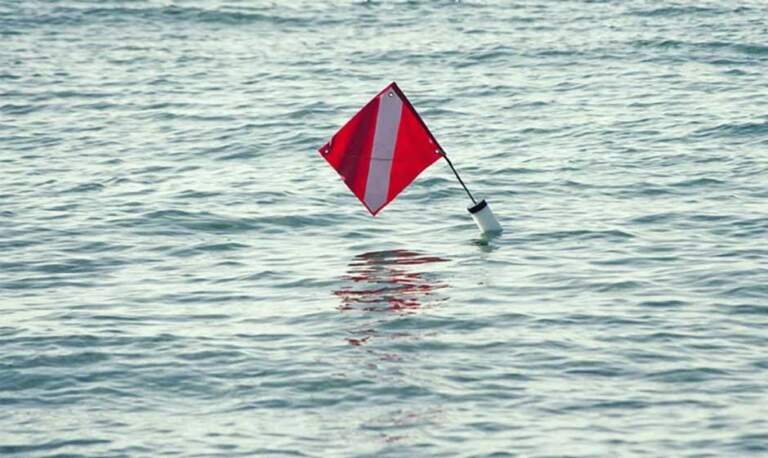Organized Resource Management Boosts Wildlife Conservation
Effective management of resources has been essential in the conservation of wildlife over the years. Earlier conservation exercises were faced with dispersed data and poor coordination. Over the years, the importance of organized management became apparent to conserve threatened species and their habitats better. Organized management of resources today uses advanced tools and techniques to gather, store, and analyze the data more effectively. This process makes planning and implementation more efficient and ensures the use of resources where they are needed the most. Streamlining the data and integration of activities make the conservation activities more successful and dynamic. Realizing the significance of organized resource management helps bring out the way structured measures can play a big role in maintaining biodiversity. Efficient management enables greater achievements in conservation projects and contributes to a healthier world for the coming generations.
Importance in Conservation
Organized resource management is crucial for effective wildlife conservation. When resources such as funding, personnel, and data are managed systematically, conservation efforts become more focused and impactful. It helps avoid waste, ensures critical areas receive attention, and allows teams to work together efficiently. Good management also supports timely decision-making, which is vital in protecting endangered species and fragile habitats.
Here are some key reasons why organized resource management matters in conservation:
- Efficient use of funding and supplies
- Improved data accuracy and accessibility
- Better coordination among teams
- Faster response to environmental threats
- Clearer goal setting and progress tracking
- Enhanced communication between stakeholders
- Increased ability to adapt strategies
By focusing on these benefits, conservation projects can maximize their effectiveness and reduce the chances of mistakes or oversights. Organized resource management lays the groundwork for sustainable conservation efforts, helping protect wildlife and ecosystems more successfully. It is a foundational element that supports long-term environmental health and biodiversity preservation.
Tools for Managing Resources
Using the right tools is essential for organizing resources effectively in wildlife conservation projects. These tools help collect, store, and analyze critical data while managing physical assets such as equipment and supplies. Many conservation organizations rely on customized Greenville, MS storage options to securely house materials that are essential for fieldwork but may not fit within regular office spaces. These storage facilities provide flexible, safe environments tailored to specific conservation needs, ensuring that important gear and resources are available when needed. Digital tools, such as database management systems and GPS tracking software, further enhance resource management by providing accurate, real-time information about wildlife populations and habitat conditions. Combining physical storage with advanced digital solutions allows conservationists to streamline operations, reduce resource waste, and respond more quickly to environmental changes. Thoughtful integration of these tools supports collaboration among team members and partners by ensuring data and resources are accessible and well-organized. Selecting the right tools and storage options is key to building efficient conservation programs that can adapt to new challenges and achieve lasting results. Proper resource management tools lay the foundation for successful wildlife protection and ecosystem preservation.
Note: Storage and resource management have evolved from simple shelters and basic records to sophisticated, technology-driven systems that reflect advances in environmental science and conservation practices over time.
Data Organization for Wildlife
Effective organizing of data is key to successful conservation of wildlife. Conservationists collect large quantitities of information regarding animal populations and their habitats; migration routes; and environmental conditions. This will prove to overwhelm and complicate analysis if it is poorly organized. Organized methods to classify and store the data enable teams to instantly access the info they need to make good decisions. Organized data facilitates detection of trends, monitoring species health and conservation success measurement. Organized data also facilitates easy provision and exchange of info between researchers, policymakers, and community stakeholders. Organizing data entails storage of the info and also accuracy and consistency over time. This makes the historical info used and comparable to new research findings. Technology improvements have eased the management of large amounts of info through software and database specifically tailored to environmental research purposes. The software and database make it easy to visualize complex info and identify potential issues early enough and design targeted measures to respond to them. Organized data ultimately means more intelligent conservation measures to better conserve the animals and maintain biodiversity in the years to come. Having good and organized data is key when establishing good and science-driven conservation programs.
Coordinating Conservation Efforts
Coordinating conservation efforts is essential for maximizing the impact of wildlife protection projects. When different organizations, researchers, and community groups work together in a well-organized manner, resources are used more efficiently and goals are aligned. Collaboration helps avoid duplication of efforts and ensures that knowledge and data are shared freely. Effective coordination also improves communication, making it easier to respond quickly to new challenges such as habitat loss or climate change. This teamwork often involves setting clear roles, responsibilities, and timelines to keep projects on track and accountable.
Here are four key elements that support successful coordination:
- Establishing strong communication channels
- Sharing data and research findings openly
- Aligning goals and strategies across organizations
- Monitoring progress and adjusting plans collaboratively
These practices create a unified approach that strengthens conservation initiatives and increases their chances of success. When efforts are coordinated effectively, the collective impact is much greater than individual actions alone. This cooperation also fosters trust and long-term partnerships, which are vital for sustaining conservation work over time.
Insight: Working together in an organized way means sharing information, dividing tasks fairly, and keeping everyone informed. When groups coordinate well, they can protect wildlife better because they use resources wisely and respond faster to problems. Teamwork makes conservation stronger and more effective for the future.
Monitoring and Adapting Strategies
Regular monitoring helps conservation efforts stay on track by checking progress and identifying challenges early. By reviewing data and outcomes consistently, teams can adjust strategies to better meet goals and respond to changes in the environment. This ongoing evaluation ensures resources are used effectively and helps avoid wasted effort. Adapting strategies based on real-time information supports successful wildlife protection and habitat preservation. Staying flexible and responsive is key to long-term conservation success.
Final Thoughts on Conservation
Organized resource management is key to effective wildlife conservation. It helps make sure efforts are well-planned, resources are used wisely, and data is accurate. When conservation work is coordinated and adaptable, it becomes more successful in protecting species and habitats. Taking time to organize and manage resources properly leads to stronger, lasting results. Good management supports healthier ecosystems and a better future for wildlife.











